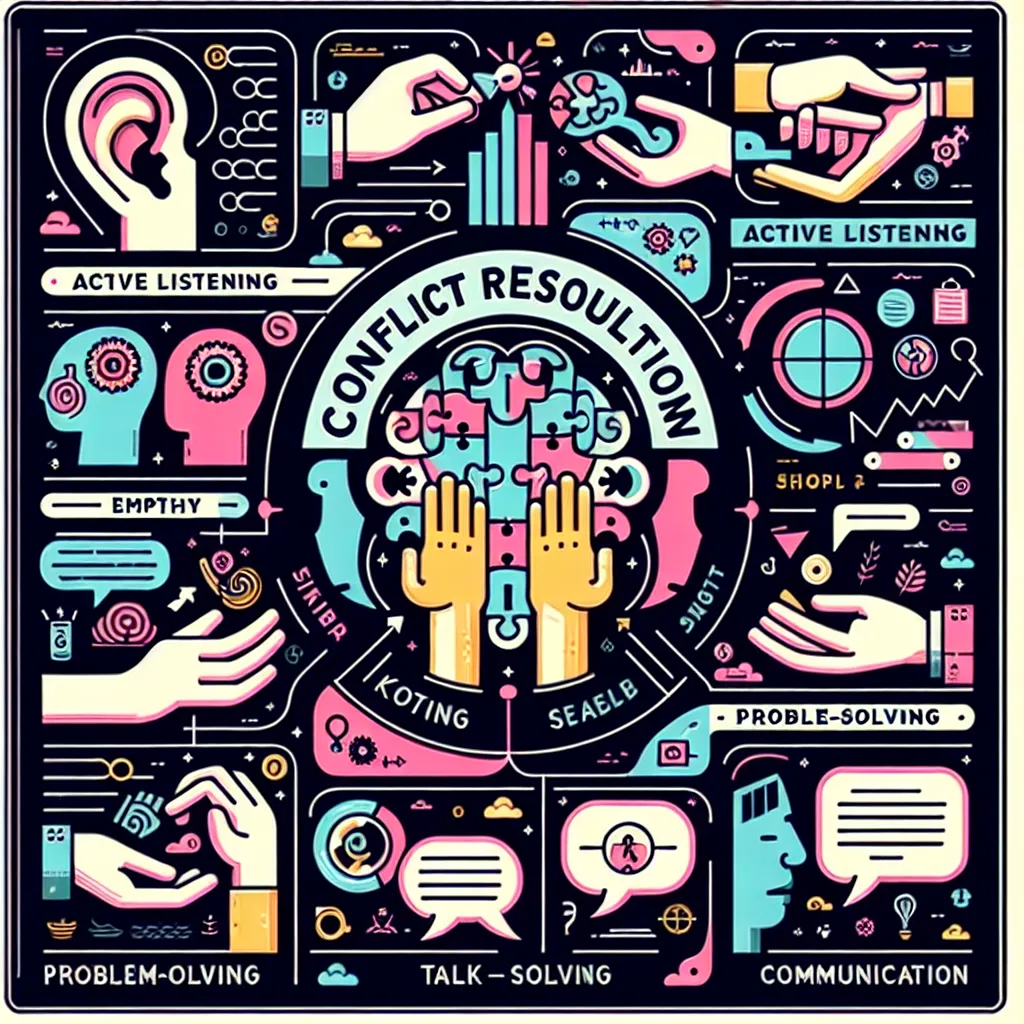In today’s competitive job market, being able to articulate your decision-making process during an interview is a crucial skill. It not only demonstrates your analytical abilities but also provides insight into your problem-solving approach and leadership potential. This article will guide you through effective strategies to explain your decision-making process, helping you stand out in your next interview.
Understanding the Importance of Decision-Making in Interviews
Explaining your decision-making process is more than just describing a series of steps. It’s about showcasing your ability to think critically, handle complex situations, and drive results. Interviewers use this question to assess your:
- Analytical skills
- Problem-solving abilities
- Leadership potential
- Ability to handle pressure
- Strategic thinking
 Decision Making Process Interview
Decision Making Process Interview
How Interviewers Evaluate Your Decision-Making Skills
When you’re explaining your decision-making process, interviewers are looking for several key elements:
- Logical thinking: Can you break down complex problems into manageable parts?
- Data-driven approach: Do you rely on facts and information to make decisions?
- Consideration of alternatives: Are you able to see multiple solutions to a problem?
- Risk assessment: Can you identify potential risks and plan for contingencies?
- Ethical considerations: Do you take into account the ethical implications of your decisions?
- Stakeholder impact: Are you aware of how your decisions affect others?
Structuring Your Decision-Making Process Explanation
To effectively explain your decision-making process, consider using the following structure:
1. Identify the Problem or Opportunity
Start by clearly stating the situation that required a decision. For example:
“In my previous role as a project manager, we faced a critical decision when our main supplier unexpectedly doubled their prices, threatening to derail our project timeline and budget.”
2. Gather Information
Explain how you collected relevant data and information. For instance:
“To address this, I immediately gathered data on alternative suppliers, analyzed our project requirements, and consulted with our finance team to understand our budgetary constraints.”
3. Consider Alternatives
Demonstrate your ability to think creatively and consider multiple options:
“We identified three potential courses of action: negotiate with the current supplier, switch to a new supplier, or redesign parts of the project to reduce dependency on the specific materials.”
4. Weigh Pros and Cons
Show how you critically evaluated each option:
“I created a decision matrix, weighing factors such as cost, timeline impact, quality assurance, and long-term sustainability for each option.”
5. Make the Decision
Clearly state your decision and the rationale behind it:
“After careful consideration, we decided to switch to a new supplier. This option provided the best balance of cost-effectiveness and minimal disruption to our project timeline.”
6. Implement and Evaluate
Explain how you put your decision into action and monitored its effectiveness:
“We implemented the change over a two-week transition period. I set up weekly check-ins to monitor quality and delivery times. After three months, we found that this decision had saved us 15% on material costs and kept the project on schedule.”
Common Mistakes to Avoid When Explaining Your Decision-Making Process
- Being too vague: Provide specific examples and details to make your explanation more credible.
- Focusing only on the outcome: The process is just as important as the result.
- Ignoring collaboration: Highlight how you involved others in the decision-making process when appropriate.
- Not acknowledging challenges: Be honest about any difficulties you faced and how you overcame them.
- Forgetting to mention data: Always emphasize the role of data and facts in your decision-making.
Handling Follow-Up Questions
Be prepared for interviewers to dig deeper into your decision-making process. Here are some potential follow-up questions and how to address them:
-
Q: How do you handle decisions when you don’t have all the information?
A: “In such cases, I focus on gathering as much relevant data as possible within the given time constraints. I also consult with subject matter experts and consider potential risks before making the best decision possible with the available information.” -
Q: Can you describe a time when you had to make a quick decision under pressure?
A: “During a product launch, we encountered a last-minute technical issue. I quickly assessed the severity of the problem, consulted with our tech team, and decided to delay the launch by 24 hours to ensure a smooth rollout. This decision, while difficult, prevented potential reputational damage and ensured a successful launch.” -
Q: How do you involve team members in the decision-making process?
A: “I believe in collaborative decision-making when appropriate. I often hold brainstorming sessions and encourage team members to share their perspectives. This not only leads to more well-rounded decisions but also increases buy-in and commitment to the chosen course of action.” -
Q: Have you ever made a decision that didn’t work out as planned? How did you handle it?
A: “Yes, I once decided to implement a new software system that ultimately didn’t meet our needs. When I realized this, I quickly organized a team to assess the situation, learned from our mistakes, and developed a plan to transition to a more suitable solution. This experience taught me the importance of thorough testing and having a contingency plan.” -
Q: How do you balance analytical thinking with intuition in decision-making?
A: “While I primarily rely on data and analysis, I recognize the value of intuition based on experience. I use intuition to guide which areas to investigate further and to sense-check analytical conclusions. However, I always ensure that major decisions are backed by solid data and reasoning.”
By following these guidelines and practicing your responses, you’ll be well-prepared to effectively explain your decision-making process in your next interview. Remember, the key is to demonstrate a thoughtful, structured approach that showcases your analytical skills and strategic thinking.
For more interview preparation tips, check out our articles on how to discuss your experience in managing teams and how to handle stress interview questions.




